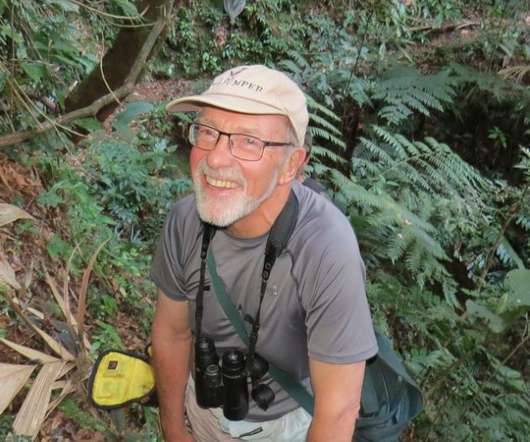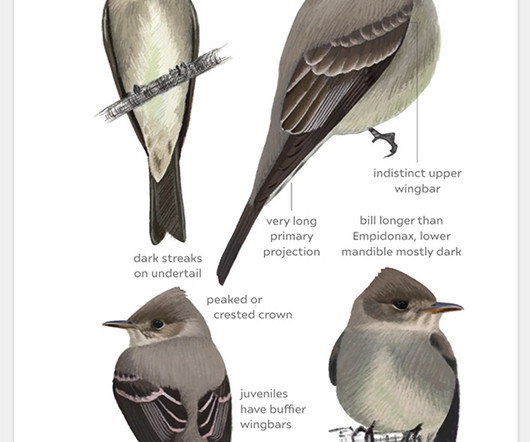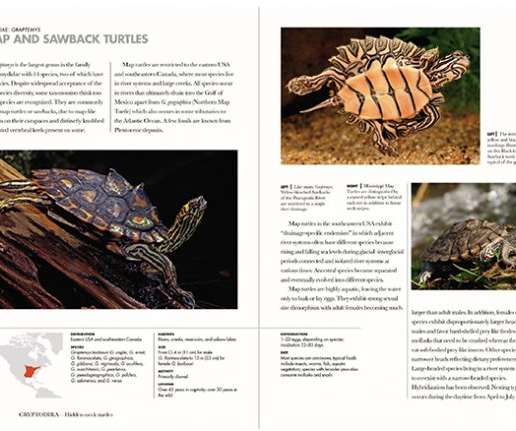Feeding Wild Birds in America: Culture, Commerce & Conservation: A Book Review by a Curious Bird Feeder
10,000 Birds
AUGUST 4, 2015
How to choose bird feeders; how to make nutritious bird food; how to create a backyard environment that will attract birds; how to survey your feeder birds for citizen science projects; how to prevent squirrels from gobbling up all your black oil sunflower seed (sorry, none of that works). million people in the U.S. in 2011*) came about.















Let's personalize your content